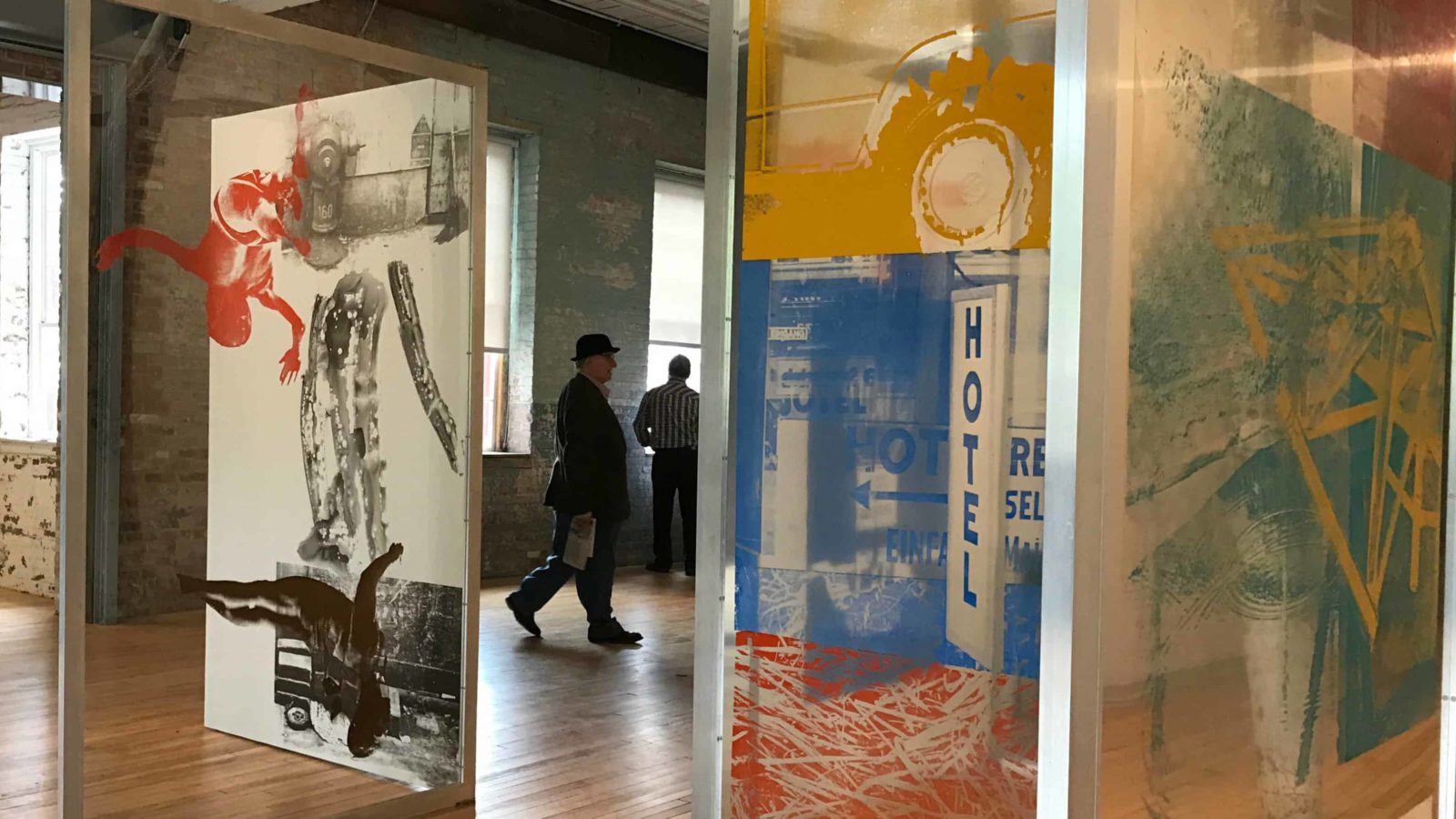The tapered wooden shapes are forms for making leather shoes. They are set here in the form of a woman’s body.
Women need to feel safe, says the man leading a group to look at the work, and his voice carries across the gallery. When women came out to march in protests in the 1960s, they wore leather shoes with smooth soles. Shoes weren’t made to grip in those days. And what happened to women in shoes like that when a fire hose turned on them hard enough to blast bricks from mortar or bark from trees? That happened in Birmingham, Ala.
He was born in Birmingham, and he would have been 13 when Bull Connor ordered those hoses turned on. He spoke with pain and respect for the young men and women who faced them, and for his mother, who bore 27 children.
He holds attention as he speaks familiarly to the group around him, a tall man with expressive hands, wearing a black cloth cap and a shell pendant as intricately shaped as the sculptures of found objects around him.
He is the artist who made them: Lonnie Holley leading a tour in Thumbs Up for the Mothership, a collaborative work he and New Orleans artist Dawn DeDeaux have created together for this new gallery — in Mass MoCA’s new Building 6.
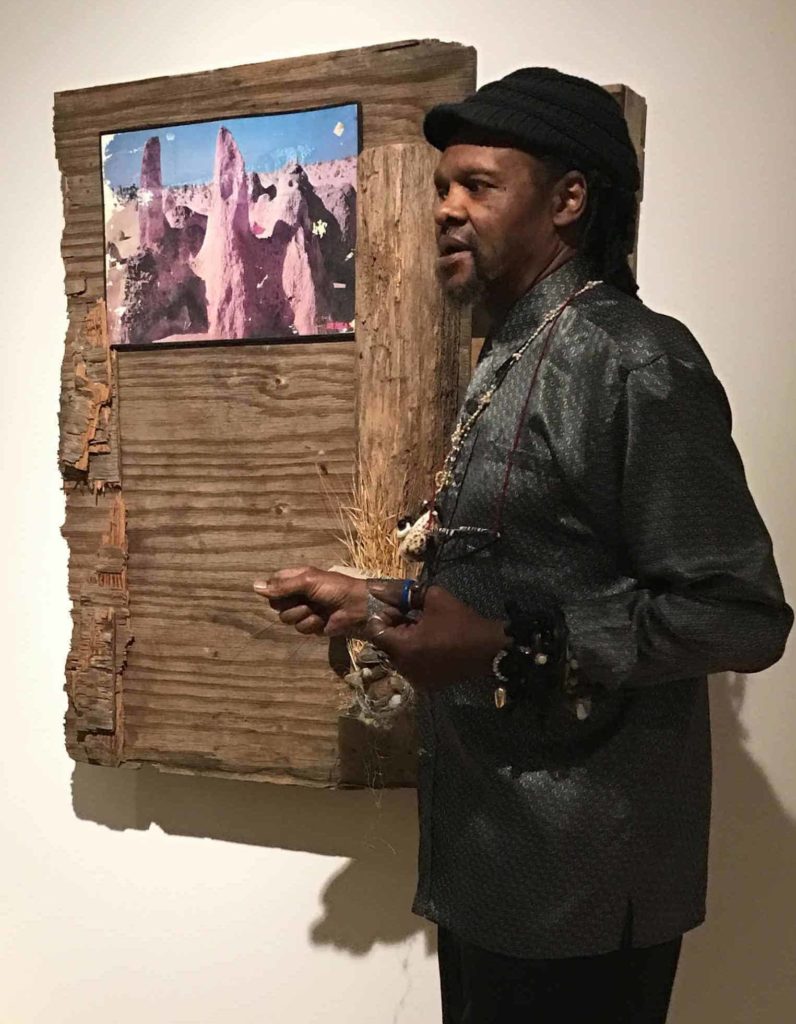


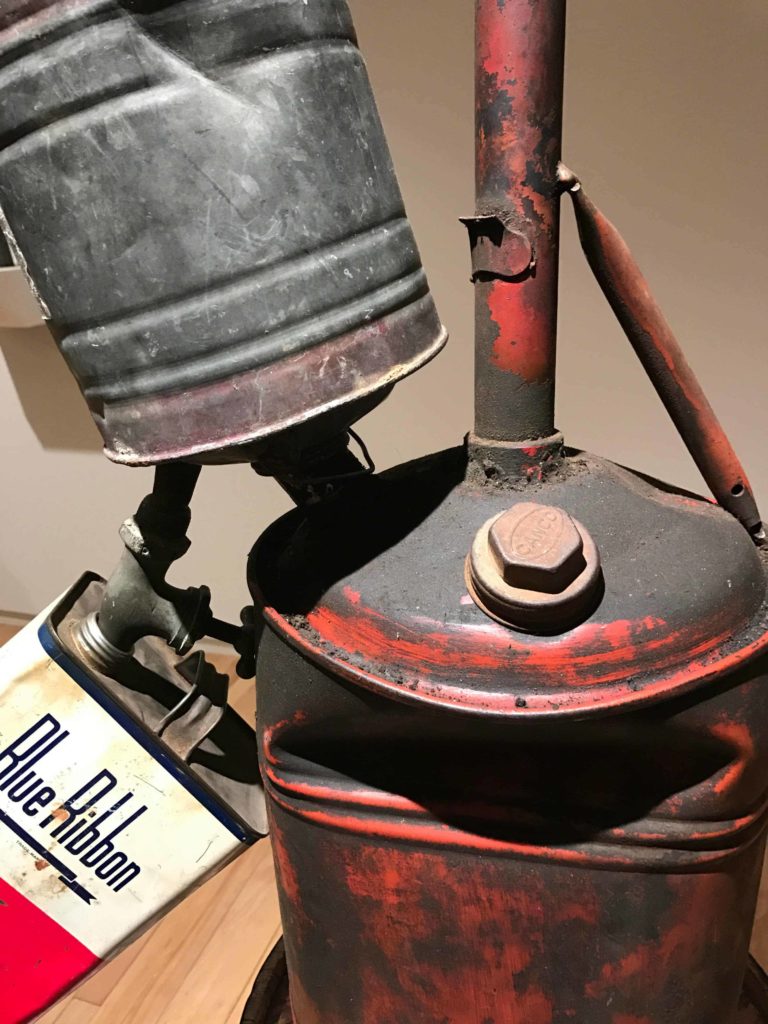
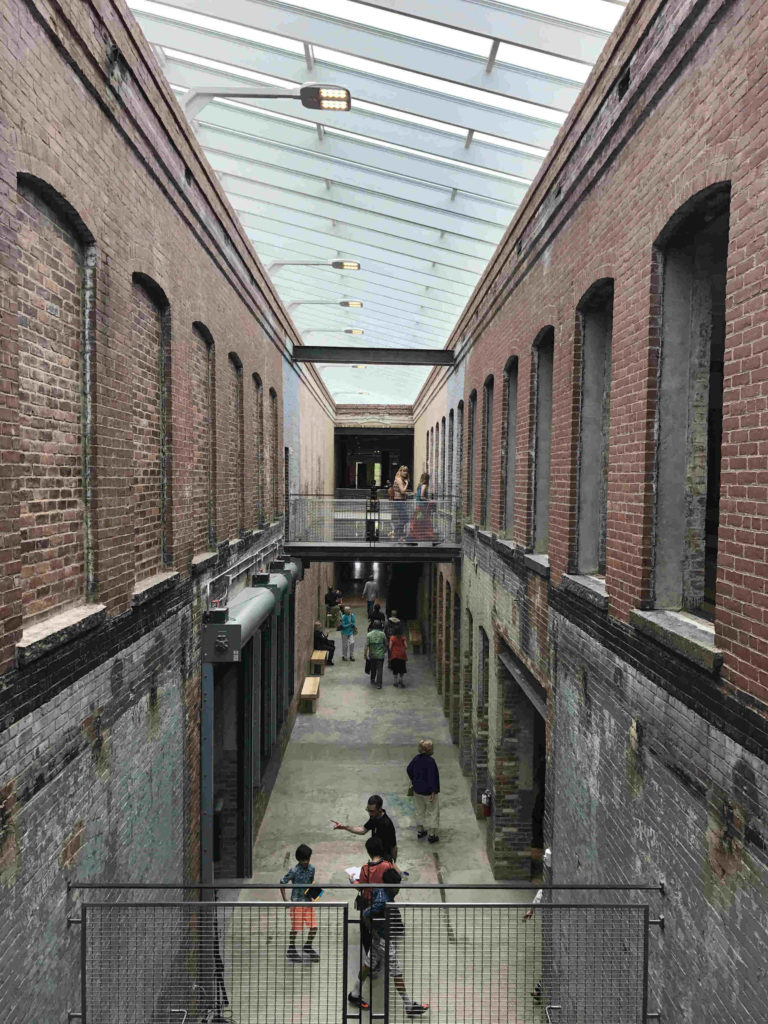
Holley is here for the opening, and his tour draws to a close as the hallways are suddenly filled with a thunder of timpani drums. Low brass and the elastic beat of snares echo down hallways the length of the building as the Brooklyn United Marching Band heads straight down the central stairs. The celebration is in full swing.
This summer, Mass MoCA has doubled in size. The museum has been known for its size since it opened, in 1999, with Robert Rauschenberg’s The 1/4 Mile or 2 Furlong Piece in a gallery as large as a football field. Now, as the new space opens after almost 20 years of planning and expansion, Mass MoCA has become one of the largest contemporary art museums in the country.
Rauschenberg’s work opens the new building too: A transparent maze of bright images sits at the entrance in A Quake in Paradise (Labyrinth).

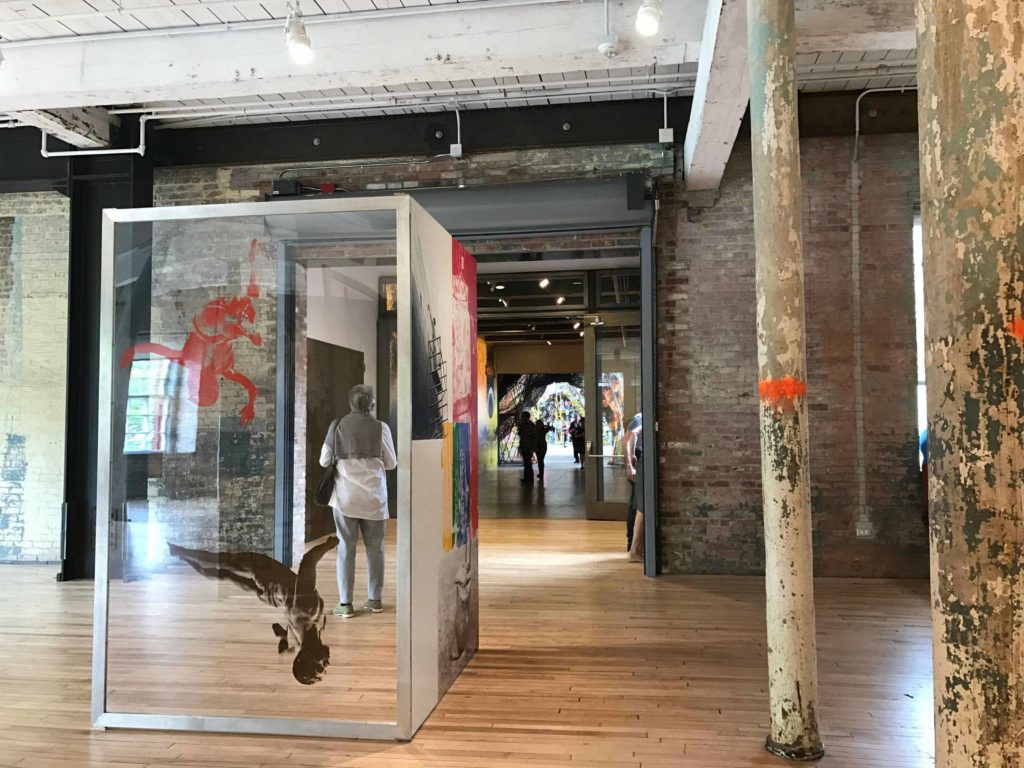

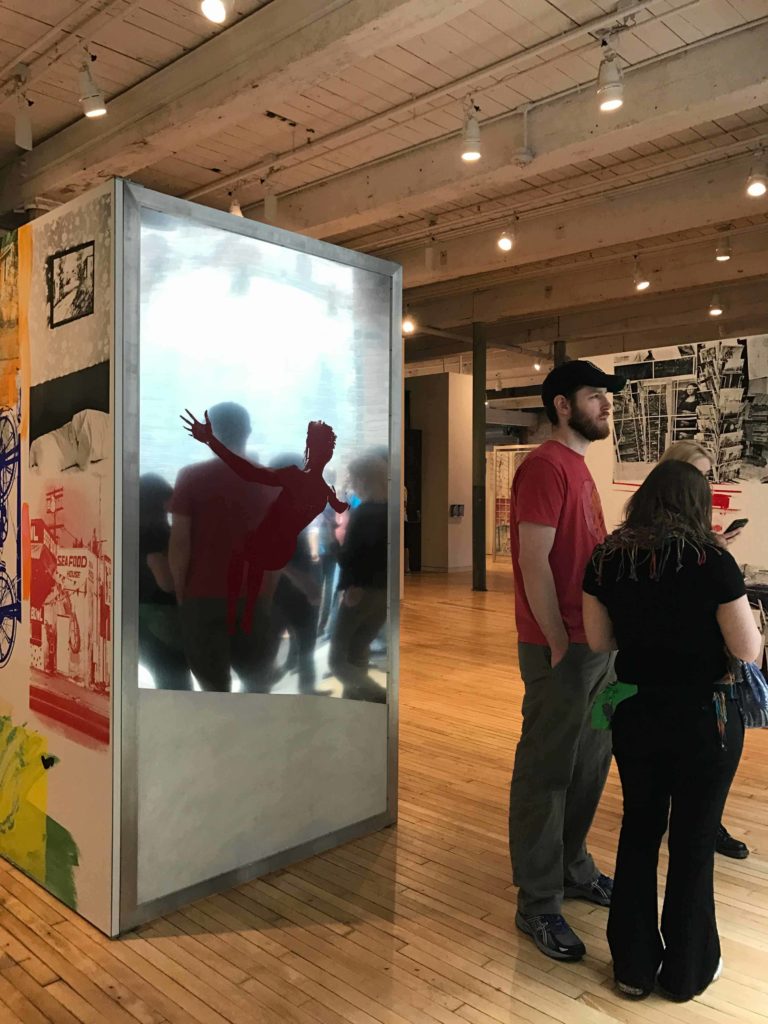

And the building is beautiful in itself. The main stairs open onto a vast open hall with bridges across, like an M.C. Escher cathedral. The galleries open to the light — three stories of wide halls, wooden floors, wooden colonnades and brick walls with the patina of years of use. And they converge at the prow, a quiet gathering place looking out from a window two stories tall at the Hoosic River flowing on both sides.
Not all the space is quiet. On the second floor, in No Experience Required, a family of four are coordinating a clangorous performance on Gunnar Schonbeck’s mammoth instruments. Schonbeck taught at Bennington College from 1947 to 2008, and Bang on a Can’s Mark Stewart and Wilco’s Glenn Kotche have involved his instruments in their work and performances. In this exhibit, anyone can pluck, strike and sound them: sections of marimba, a welded steel harp, the massive neck of a stringed instrument, a piano with the top taken off to show the strings.
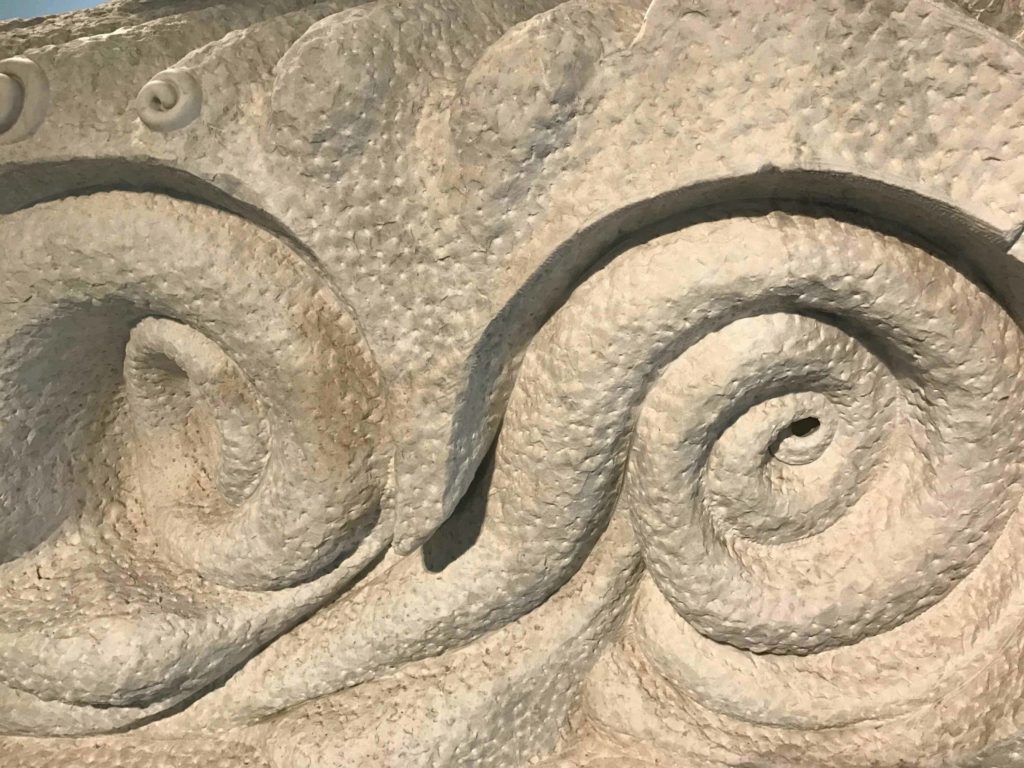
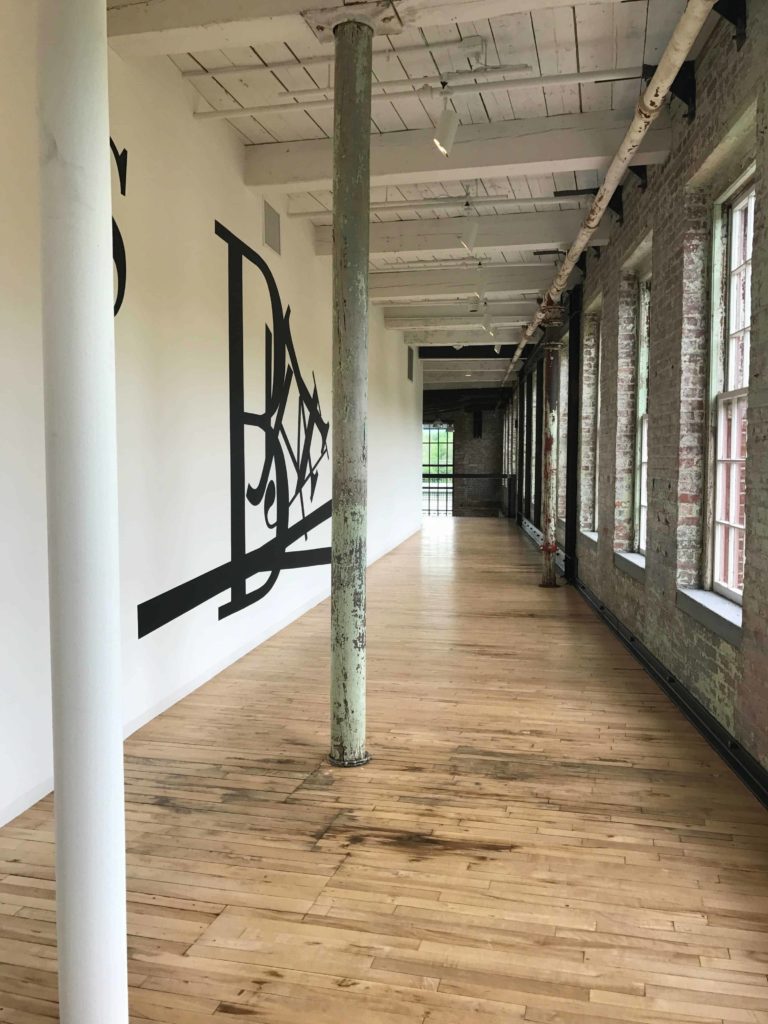
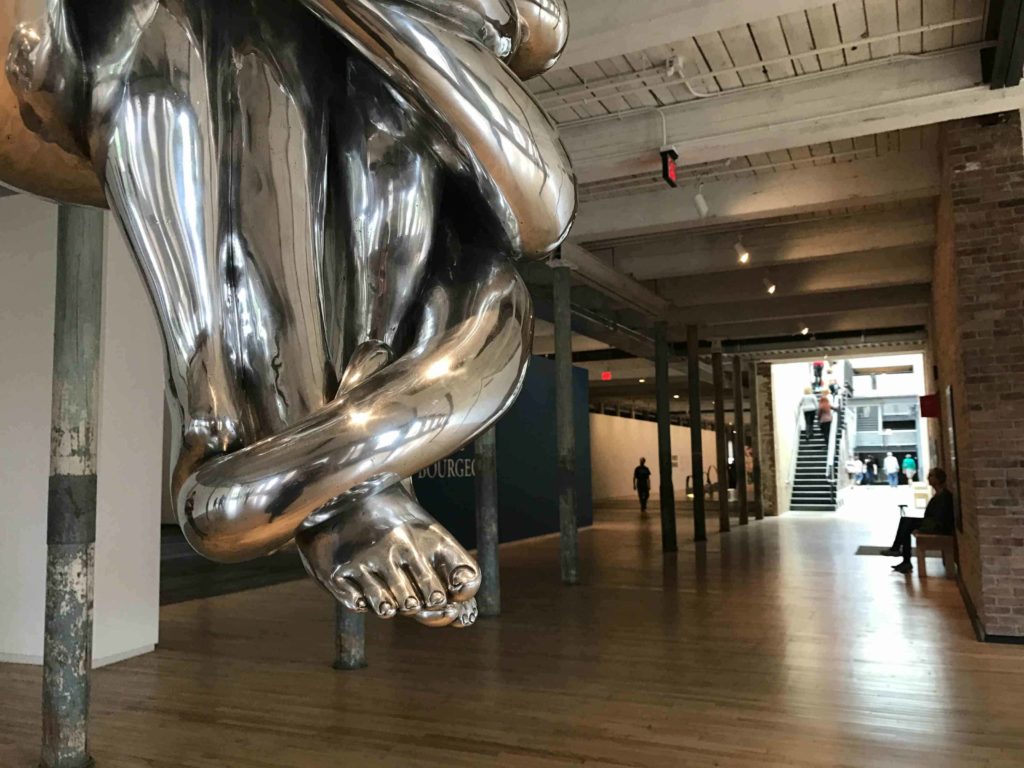
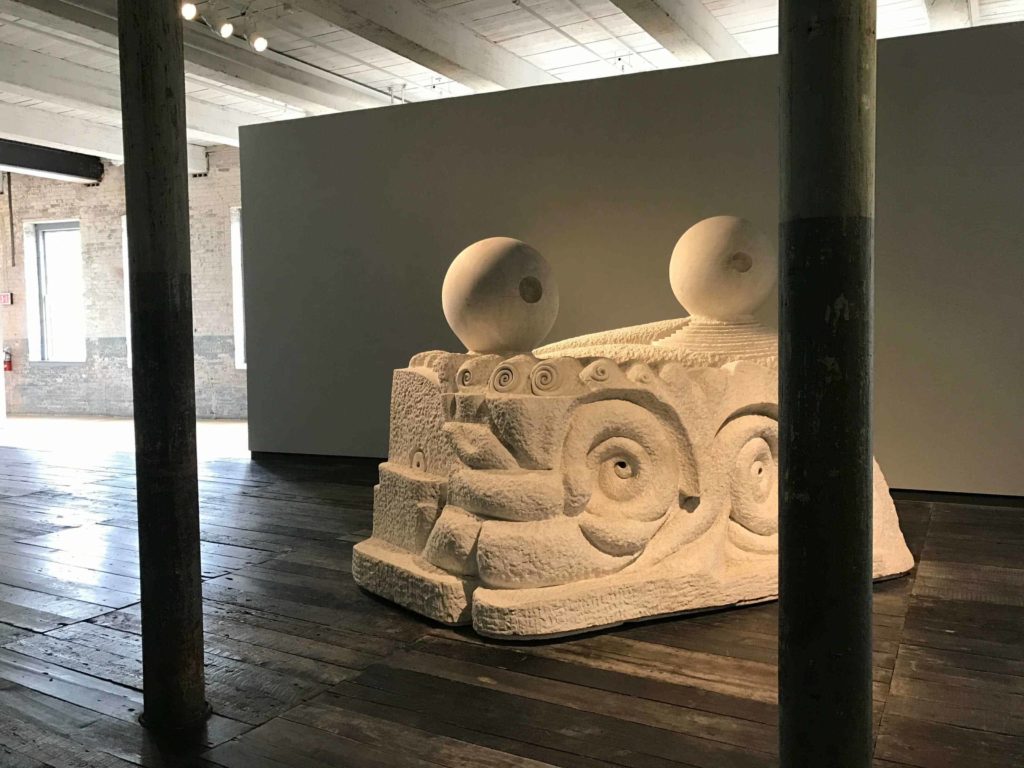
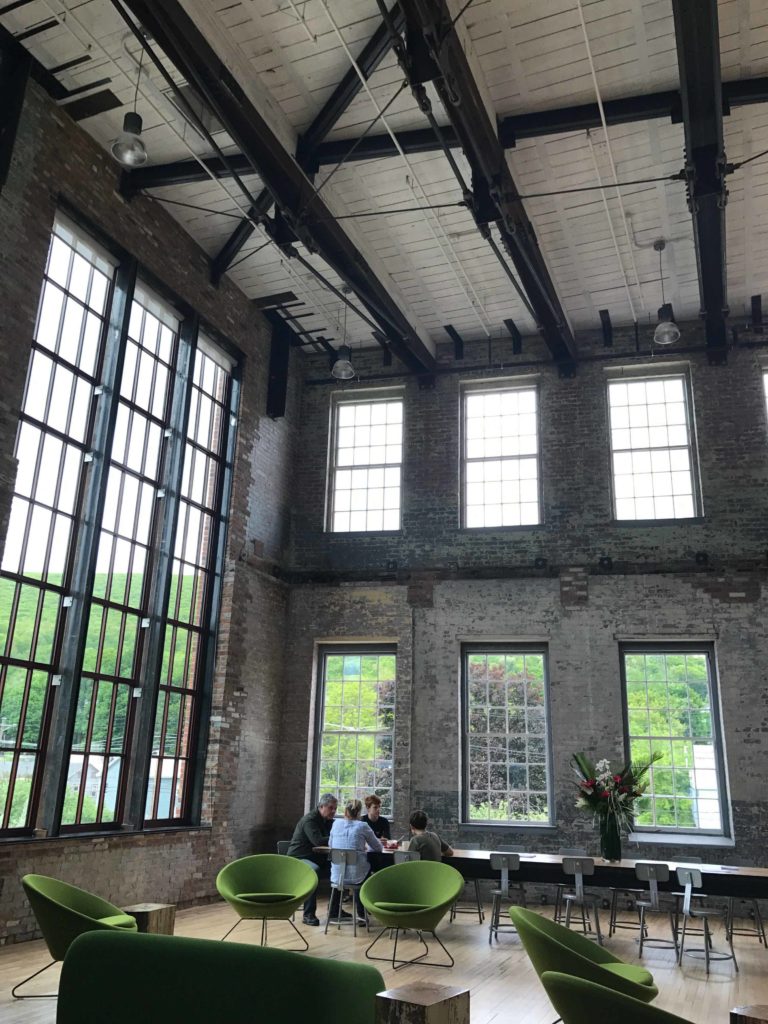
On the floor below, Holley has also taken apart instruments in his own way. After the Revival piles together the fragments of a crumpled trombone, torn guitars and a broken keyboard. In a panel beside it, he explains that when he first put a beat-up organ into an artwork, ‘all of the pulls came off and were broken, except one that said Vox Humana.’ He found out that meant the human voice.
Standing beside the work now, he talks about the music that has always been part of his life, growing up across from a music hall, curling up against the juke box. He carries that music in him, he says, and he makes the work to hold the sound and honor the people who make it. The instruments may break. But the music goes on.
These details about the strength of the fire hoses at the Birmingham marches come from Diane McWhorter’s Pulitzer prizewinning book, Carry Me Home: Birmingham, Alabama, the Climactic Battle of the Civil Rights Movement.

